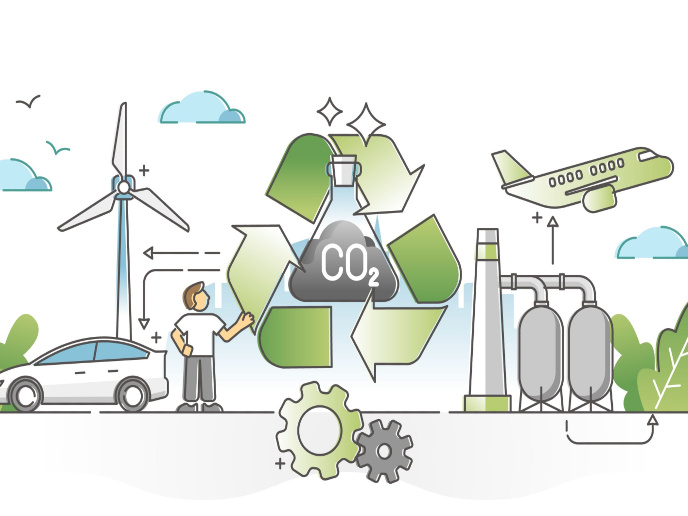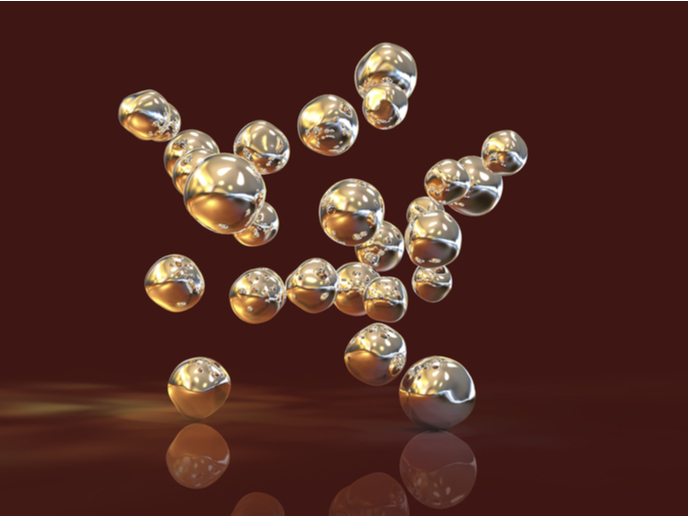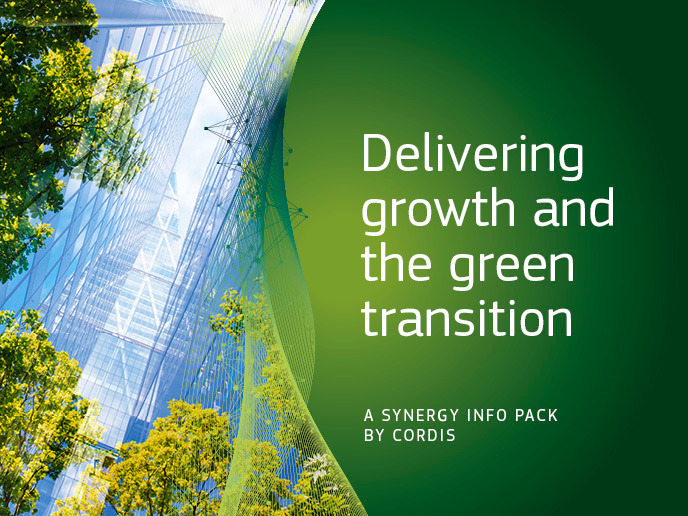Nanostructures for efficient light harvesting
Photo-electrochemical water splitting is a very promising and environmentally friendly route for converting solar energy into hydrogen. However, the rapid bulk recombination of charge carriers remains the main bottleneck for further improving conversion efficiency. In the EU-funded project 'Nanophotonics for efficient solar-to-H2 energy conversion' (NFESEC), scientists developed new photonic nanoarchitectures to improve charge carrier generation and separation. Bismuth vanadate (BiVO4) and plasmonic structures are capable of manipulating and confining light at the nanometre scale, providing new opportunities for boosting solar-to-hydrogen conversion efficiency. The main reason behind the dominant bulk electron-hole recombination is the short diffusion length of photo-excited charge carriers. To address this issue, scientists conducted extensive studies into nano-structuring, with special focus on shortening the charge carrier travel length. Photonic structures such as BiVO4 have a band structure that is well-suited for potential use as a photoanode in solar water splitting. Plasmonic-metal building blocks exhibiting strong surface plasmon resonance (SPR) can act as antennas that localise optical energy and control the location of charge carrier generation. The interaction of localised electric fields surrounding the plasmonic metal particles with a neighbouring semiconductor provides a pathway for the selective formation of electron-hole pairs. Scientists combined BiVO4 inverse opals with SPR effects from gold nanoparticles, enhancing light absorption and charge carrier separation. By adding a semiconductor underlayer without a pattern in the inverse opal structure, scientists blocked loss of light due to reflection. NFESEC novel photoanodes had the highest density amongst the oxide-based ones and more than four times higher than the unstructured planar photoanodes. Project results contribute to the development of novel nanophotonic structures with unique physical properties capable of efficiently harvesting sunlight. The nanoarchitectures of the novel photoelectrodes are poised to increase solar conversion efficiency.







